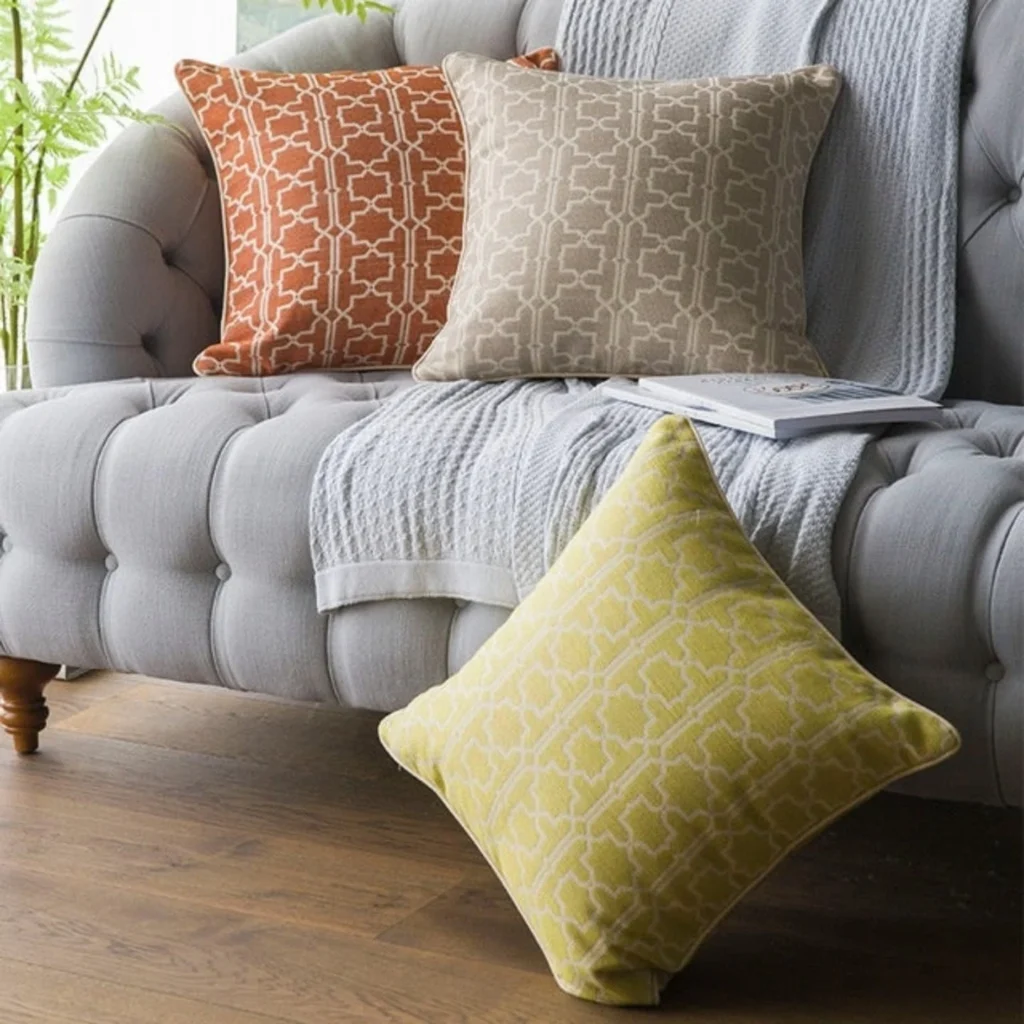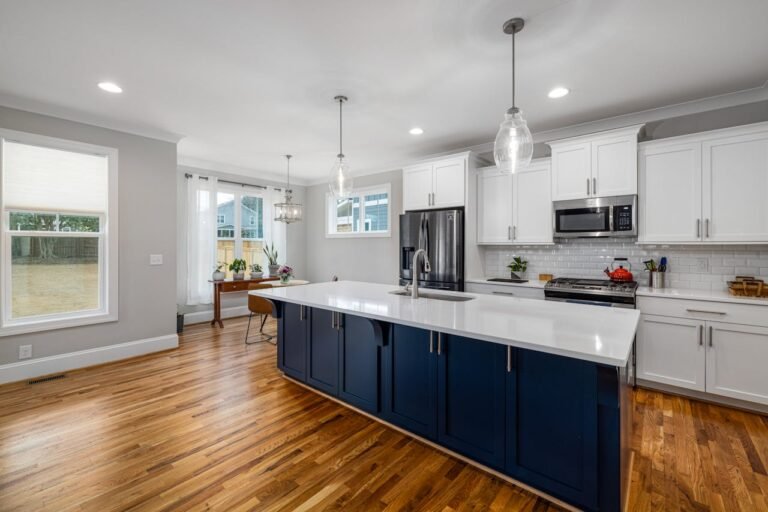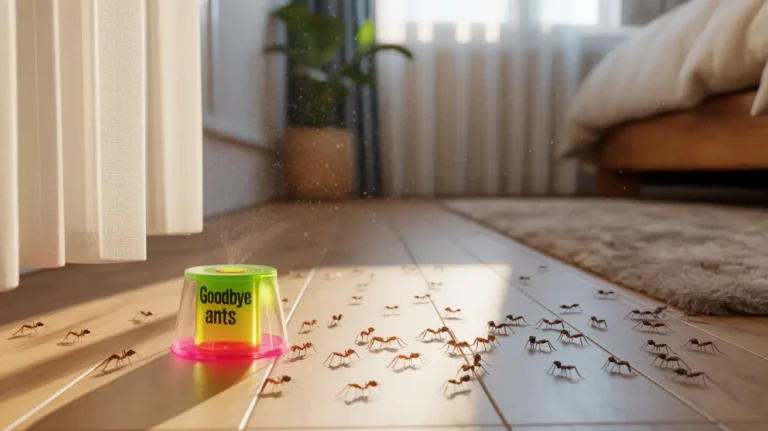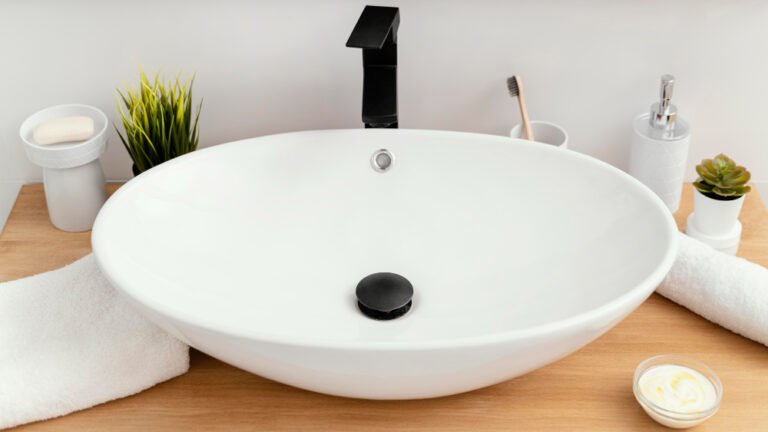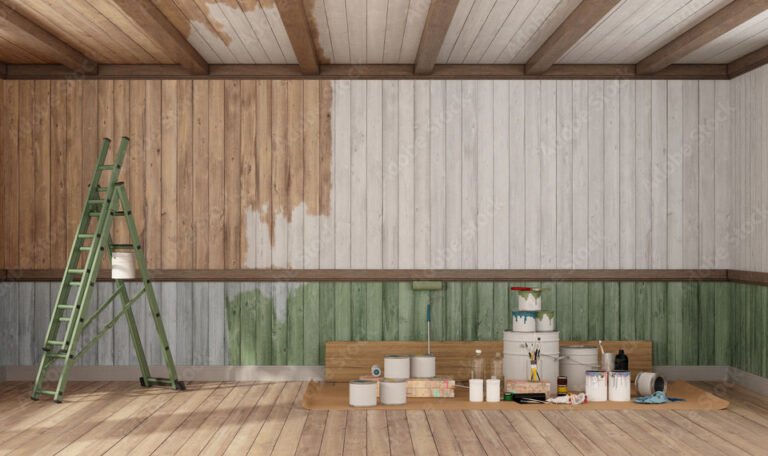How to Style Throw Blankets & Pillows
Nothing transforms a living space quite like the perfect combination of throw blankets and pillows. These seemingly simple accessories hold the power to turn a sterile room into a cozy retreat, add personality to neutral furniture, and create visual interest without breaking the budget.
Yet many homeowners struggle with styling these pieces effectively, often ending up with arrangements that feel cluttered, mismatched, or simply flat.
The art of styling throw blankets and pillows goes beyond simply tossing them onto your sofa. It requires understanding color theory, texture combinations, and proportions. When done right, these accessories become the finishing touches that make your home feel professionally designed and genuinely inviting.
This guide will walk you through proven techniques for creating stunning arrangements that reflect your personal style while maintaining visual harmony throughout your space.
Understanding the Basics of Throw Styling
Before diving into specific arrangements, it’s essential to grasp the fundamental principles that make throw blankets and pillows work together harmoniously.
The Rule of Odd Numbers
Interior designers swear by the rule of odd numbers when arranging decorative elements. This principle applies beautifully to pillow arrangements, where groups of three or five create more visual interest than even numbers. The human eye naturally finds odd-numbered groupings more appealing and dynamic.
For throw blankets, this rule translates to layering techniques. Rather than folding a blanket perfectly in half, try draping it with organic, uneven folds that create natural movement and texture.
Color Coordination Strategies
Successful throw styling starts with a cohesive color palette. You have several approaches to choose from:
Monochromatic schemes use varying shades of the same color family, creating sophistication through subtle tonal differences. This approach works particularly well in minimalist or contemporary spaces.
Complementary colors sit opposite each other on the color wheel and create vibrant, energetic combinations. Think navy and coral, or forest green and rust orange.
Analogous colors are neighbors on the color wheel and blend seamlessly together. These combinations feel naturally harmonious and work well in traditional or transitional spaces.
Mastering Pillow Arrangements
Pillow styling can make or break your overall design. The key lies in balancing size, shape, and pattern while maintaining visual weight distribution.
Size and Shape Combinations
Start with your largest pillows as anchors. Standard square pillows (18-20 inches) typically work best as your foundation pieces, placed at the outer corners of sofas or beds. Layer medium-sized pillows (16 inches) in front, and finish with smaller accent pillows (12-14 inches) or lumbar pillows for visual variety.
Mixing shapes adds sophisticated dimension to your arrangements. Rectangular lumbar pillows break up the monotony of square shapes and provide comfortable back support. Round or bolster pillows can serve as unique accent pieces, though they should be used sparingly to avoid overwhelming the arrangement.
Pattern Mixing Mastery
Successfully combining patterns requires following a few key guidelines. Start with one large-scale pattern as your dominant design element. This could be a bold floral, large geometric print, or dramatic stripe.
Add a medium-scale pattern that shares at least one color with your dominant pattern. This creates visual connection while maintaining interest. Finally, incorporate a small-scale pattern or solid color to give the eye a place to rest.
Varying the scale of patterns prevents them from competing with each other. A large botanical print pairs beautifully with thin stripes and solid textures, creating depth without chaos.
Throw Blanket Styling Techniques
Throw blankets serve both functional and aesthetic purposes, and how you display them significantly impacts your room’s overall feel.
The Casual Drape
For a lived-in, comfortable appearance, drape your throw blanket over one arm of your sofa or chair, allowing it to cascade naturally toward the floor. This technique works especially well with lightweight knits or woven fabrics that have natural movement.
Avoid making the drape too perfect or symmetrical. The goal is to achieve an effortless look that appears naturally placed rather than precisely positioned.
The Structured Fold
When you prefer a more polished appearance, try the structured fold technique. Fold your blanket lengthwise into thirds, then drape it over the back of your furniture piece. This method works particularly well with heavier blankets or those with striking patterns you want to showcase.
Allow one end to hang slightly longer than the other to avoid a rigid, hotel-like appearance while maintaining the structured feel.
Layering Multiple Throws
In larger seating areas or during colder months, multiple throws can create incredible visual richness. Choose throws in different textures but coordinating colors. Layer a lightweight throw over a heavier one, or combine a smooth fabric with a chunky knit for textural contrast.
Creating Seasonal Style Updates
One of the greatest advantages of styling with throws and pillows is the ease of seasonal updates. These accessories allow you to refresh your space without major investments or permanent changes.
Spring and Summer Styling
Lighter fabrics and brighter colors dominate warm-weather styling. Choose linen, cotton, or lightweight knits in fresh colors like sage green, sky blue, or warm coral. Patterns can be more playful during these seasons—think botanical prints, stripes, or geometric designs.
Keep arrangements slightly less layered during warmer months, focusing on breathable fabrics that won’t add unnecessary warmth to your space.
Fall and Winter Approaches
Colder months call for richer textures and deeper colors. Incorporate velvet pillows, chunky knit throws, and faux fur accents to create warmth and coziness. Colors can shift to deeper jewel tones, warm neutrals, or classic holiday palettes.
Layer more generously during these seasons, creating inviting nests that encourage curling up with a good book or warm beverage.
Room-Specific Styling Strategies
Different rooms require different approaches to throw and pillow styling, based on their function and typical furniture arrangements.
Living Room Excellence
Living rooms typically offer the most opportunities for creative styling. Sofas and chairs provide multiple surfaces for pillow arrangements, while throws can be distributed across various seating options.
Create visual flow by repeating colors or patterns across different pieces of furniture. If your sofa features blue and white pillows, echo these colors in a throw on your accent chair or ottoman.
Bedroom Bliss
Bedroom styling focuses primarily on the bed, where pillow arrangements can range from simple to elaborate. Start with your sleeping pillows, add standard decorative shams, then layer in accent pillows and a throw at the foot of the bed.
Consider the scale of your bedroom when determining how many decorative elements to include. Smaller bedrooms benefit from simpler arrangements, while larger master bedrooms can handle more elaborate styling.
Outdoor Space Considerations
Outdoor furniture requires weather-resistant fabrics, but that doesn’t mean sacrificing style. Look for outdoor-specific throws and pillows in fade-resistant materials that can withstand the elements while still providing comfort and visual appeal.
Choose colors that complement your outdoor surroundings and consider how they’ll look against your home’s exterior.
Common Styling Mistakes to Avoid
Even with the best intentions, certain mistakes can undermine your styling efforts.
Using too many small pillows creates visual clutter and reduces functionality. Stick to a few well-chosen pieces rather than overwhelming your seating with tiny accent pillows.
Matching everything exactly can result in a flat, uninspiring look. Introduce subtle variations in shade, texture, or pattern to create depth and interest.
Forgetting about proportion is another common error. Tiny pillows on a large sectional sofa look lost, while oversized pillows on a small loveseat appear overwhelming.
Advanced Styling Tips for Design Enthusiasts
Once you’ve mastered the basics, these advanced techniques can elevate your styling to professional levels.
Texture Layering
Combine different textures within the same color family to create sophisticated monochromatic schemes. Mix smooth velvet with nubby boucle, or pair sleek silk with rustic linen for compelling tactile contrast.
Creating Visual Triangles
Arrange your pillow groupings to form invisible triangles, which creates pleasing geometric relationships that feel balanced and intentional. This technique works particularly well when styling multiple seating areas in open floor plans.
Playing with Scale
Don’t be afraid to use one oversized pillow as a statement piece, or mix in unexpected smaller elements like decorative bolsters or round cushions for visual surprise.
Bottom Lines
Styling throw blankets and pillows successfully combines technical knowledge with personal creativity. Start with these foundational principles, then adapt them to reflect your unique style and living situation. Remember that the best arrangements feel both intentional and comfortable, creating spaces that look beautiful while serving your daily needs.
Experiment with different combinations, take photos to evaluate your arrangements objectively, and don’t be afraid to switch things up seasonally or whenever inspiration strikes. With practice, you’ll develop an intuitive sense for what works in your space, creating the kind of effortlessly stylish home that feels authentically yours.

